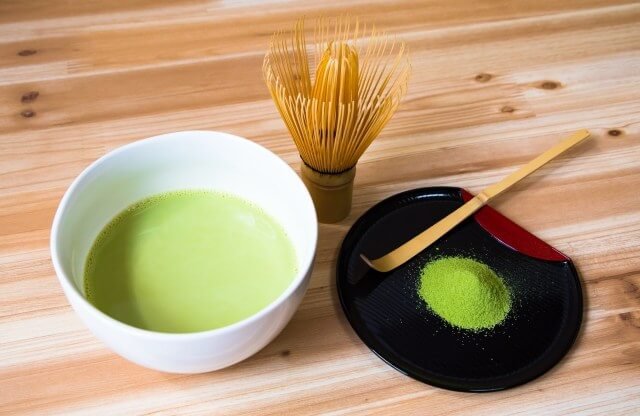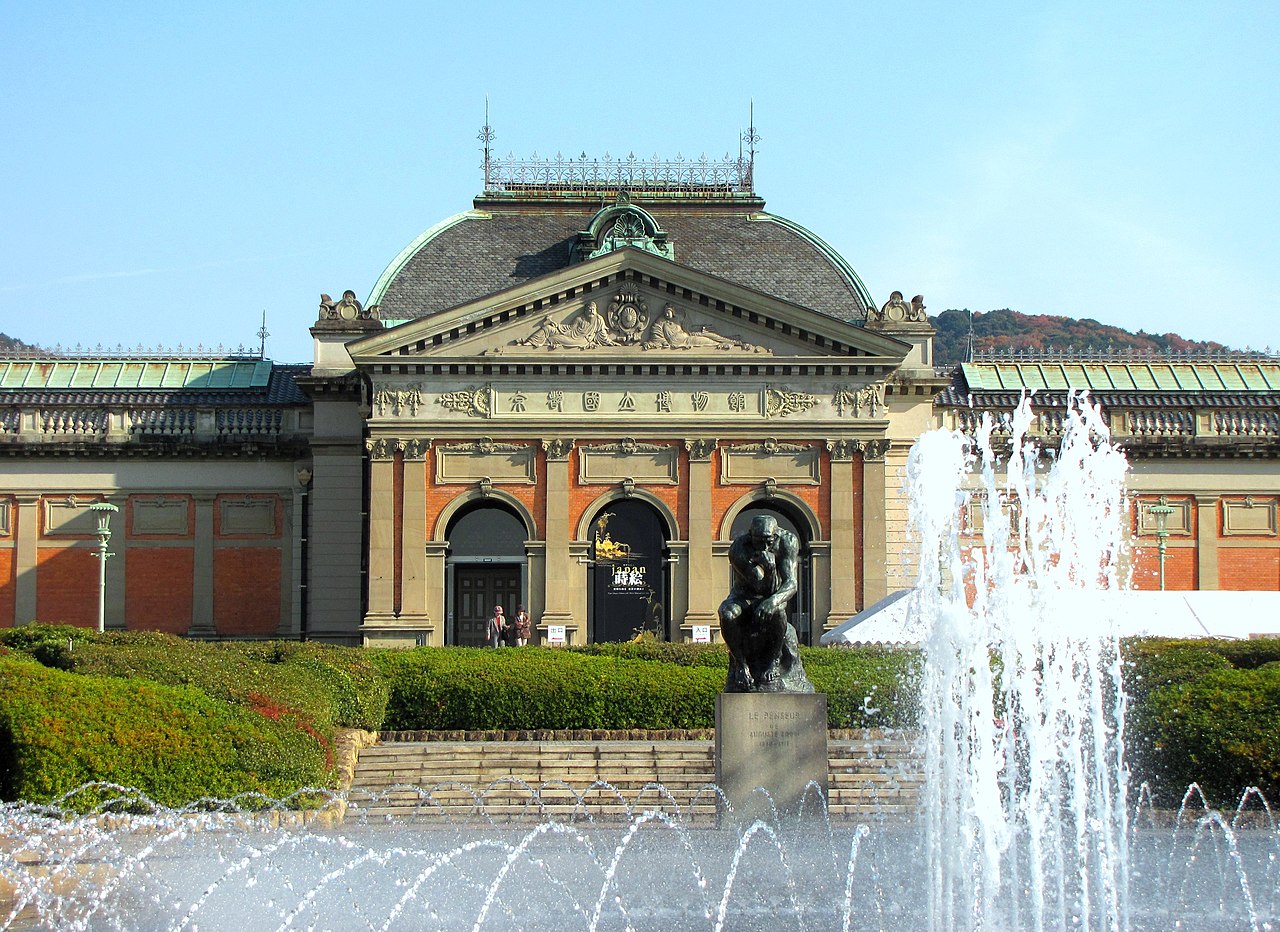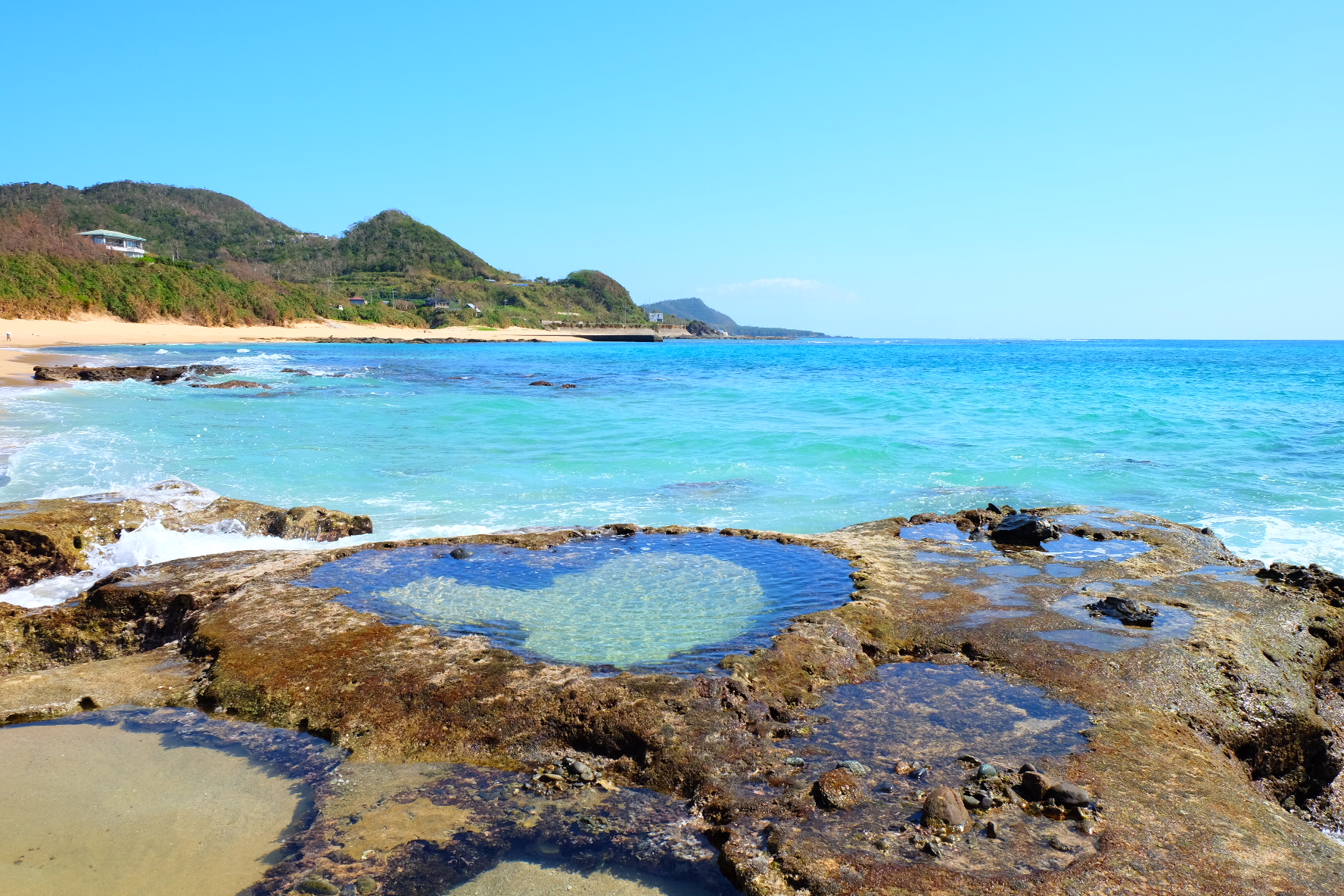History of Japan
Heian period (794-1185)
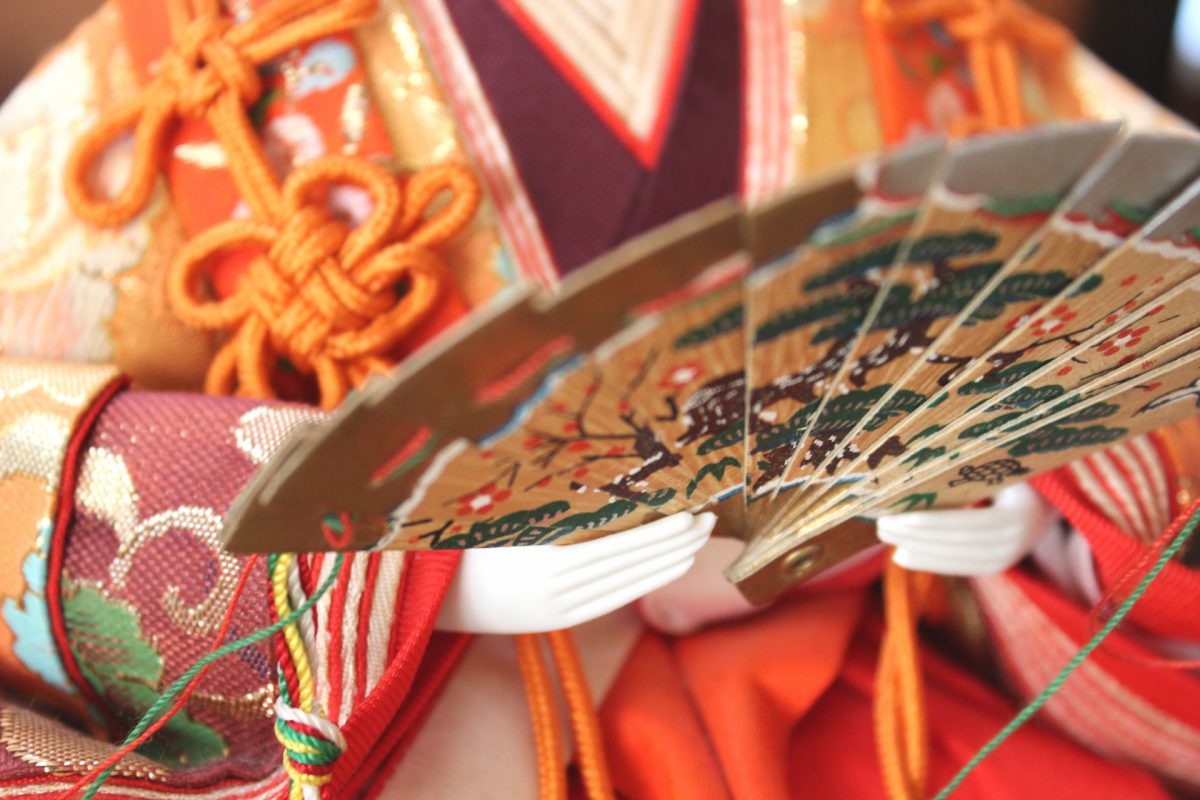
The Heian period referred to a specific era from 794 to 1185. It began when the emperor settled the capital to Heian-kyo, which is known as Kyoto today.
In this turbulent period, the power of aristocrats rose as they controlled the imperial court behind, and a new form of Japanese culture appeared against the Chinese influence. It was when Japanese basic writing forms called Hiragana and Katakana were developed. That hugely contributed to emerging female writers such as Seisho-Nagon and Murasaki-Shikibu who left beautiful literature that has been loved to this day.
The Heian period ended as the military took its place when Kamakura Shogunate held the power.
Edo period (1603-1868)
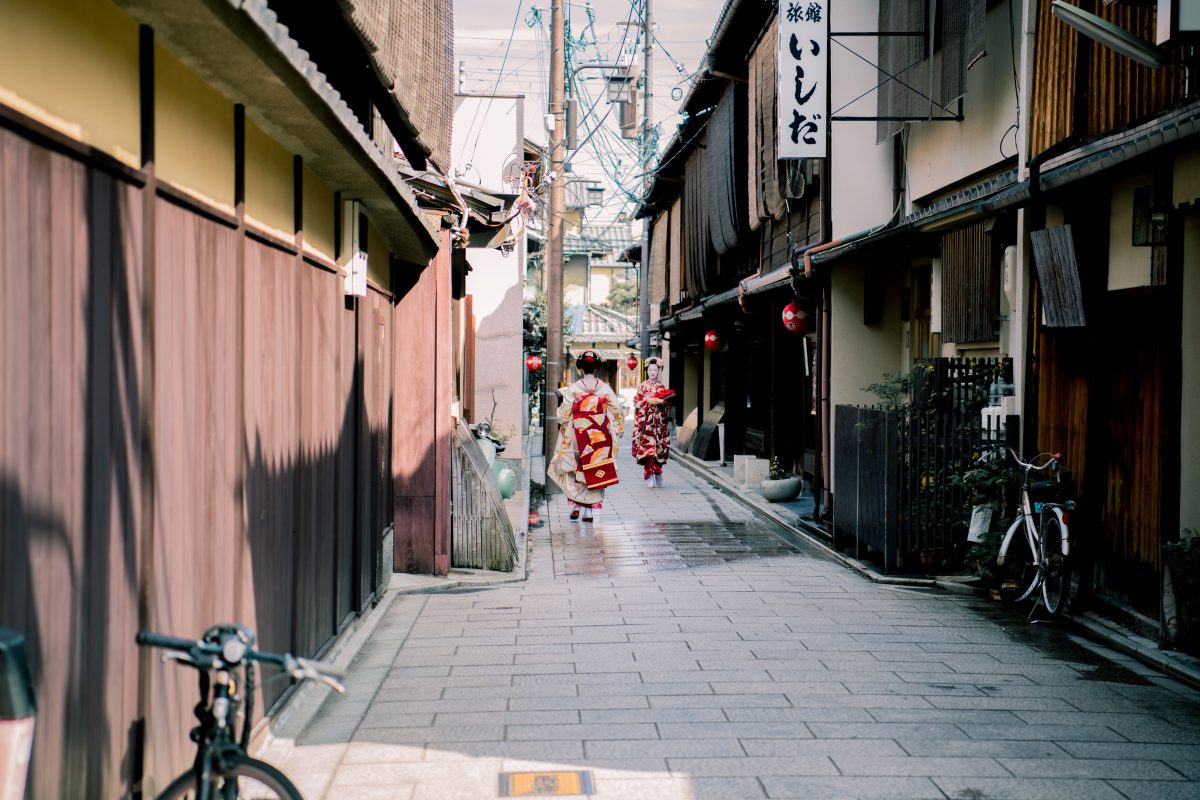
After hundreds of years battling for powers, the Edo period began as the Tokugawa Shogunate led by Tokugawa Ieyasu finally succeeded to rule Japan. He was settled in Edo (modern Tokyo) while the imperial court remained in Kyoto. It is known as a peaceful period where there was no more war, stable economy and national isolation. Therefore many Japanese unique cultures emerged. Kabuki, sumo, ukiyo-e paintings and the world most popular Japanese food – sushi – developed around this time.
The name of the area, the architecture and traditions that passed on, you can spot some remains from the Edo period when you walk around especially the central part of Tokyo.
Meiji period (1868-1912)
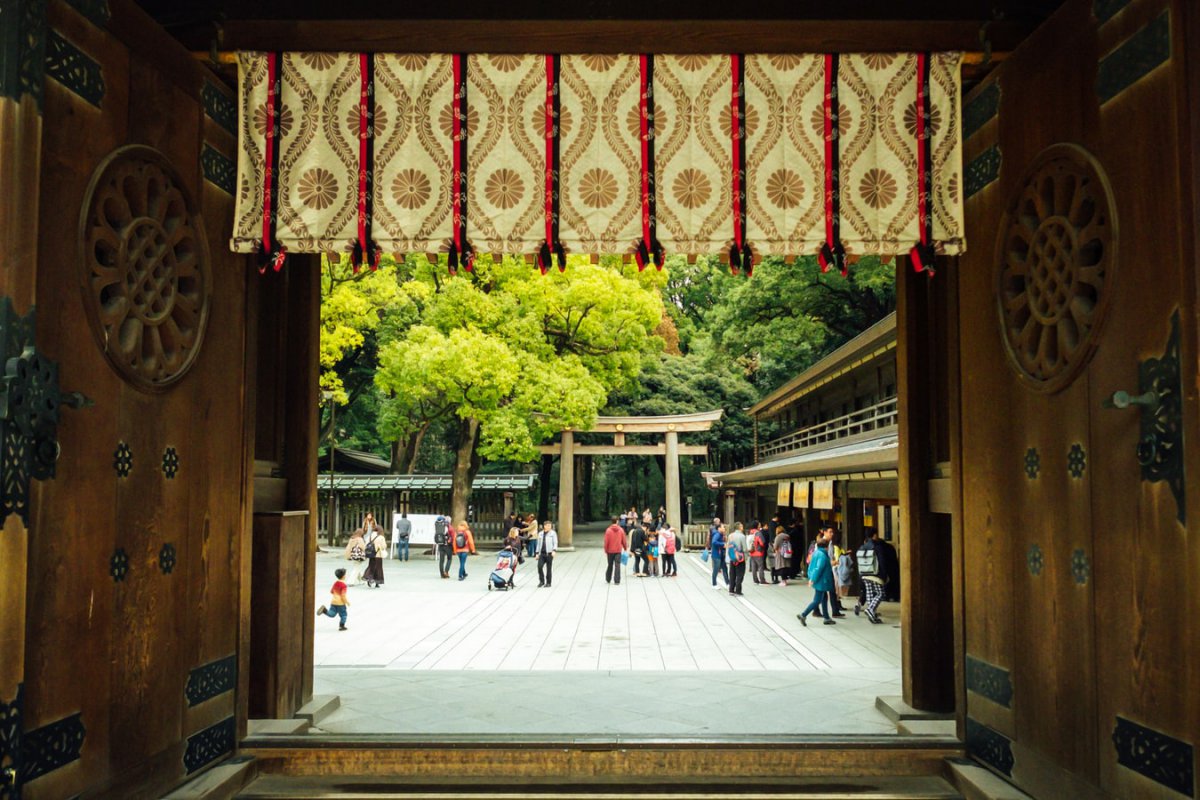
The Tokugawa Shogunate finally collapsed after ruling Japan for over 260 years, and that marked the end of the Edo period. The shogunate returned their political power to the imperial court and the Emperor of Meiji moved the capital from Kyoto to Tokyo in order to start the new government. The most remarkable feature of the Meiji period is westernization that changed Japan after resuming international trades. Westernization spread through people’s clothing and culinary culture. At the same time, the rapid growth for industrialization boosts transportation, communication networks and gas lights in the city although rural areas of Japan were not under the influence of modernization yet.
Taisho period (1912-1926)
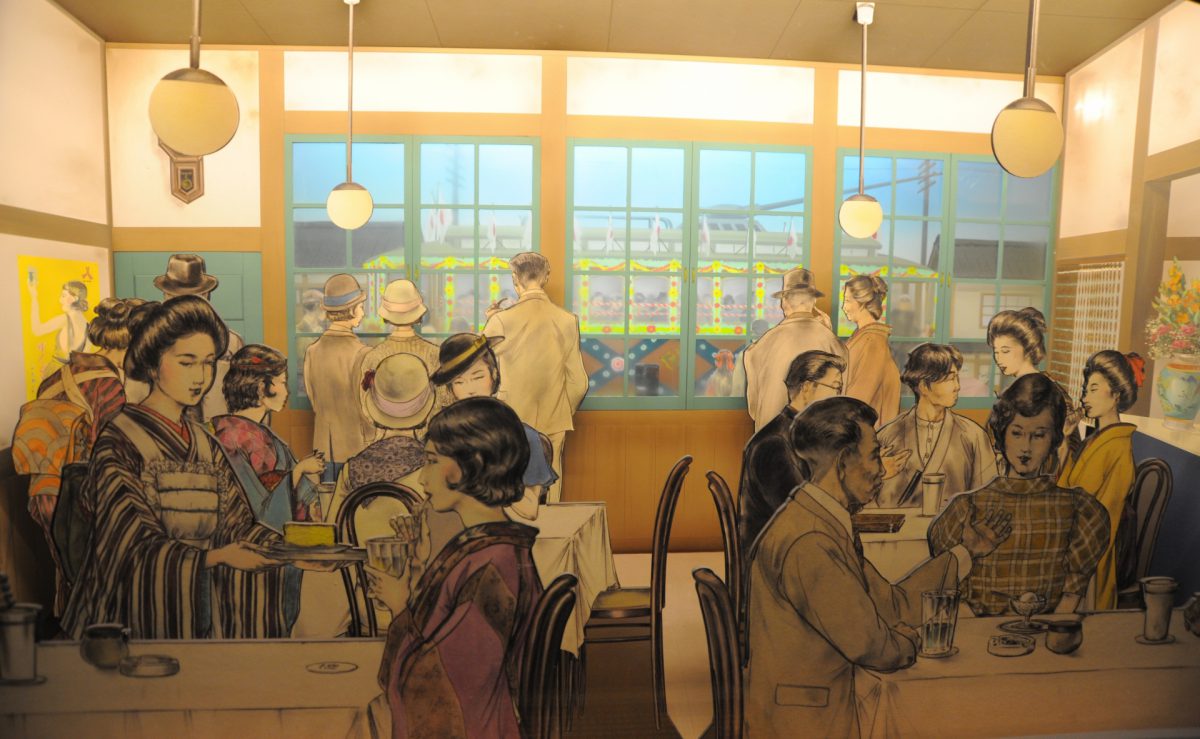
The Taisho period started when Prince Yoshihito ascended the throne upon the death of the Emperor Meiji. It was a short period lasting only for 14 years, consisting of democratic movements across the political, economic and cultural fields. The westernization and modernization were still on trend, and after the Great Kanto Earthquake in 1923, Tokyo had to rebuild the city and this tragic event accelerated westernization throughout Tokyo.
Showa period (1926-1989)
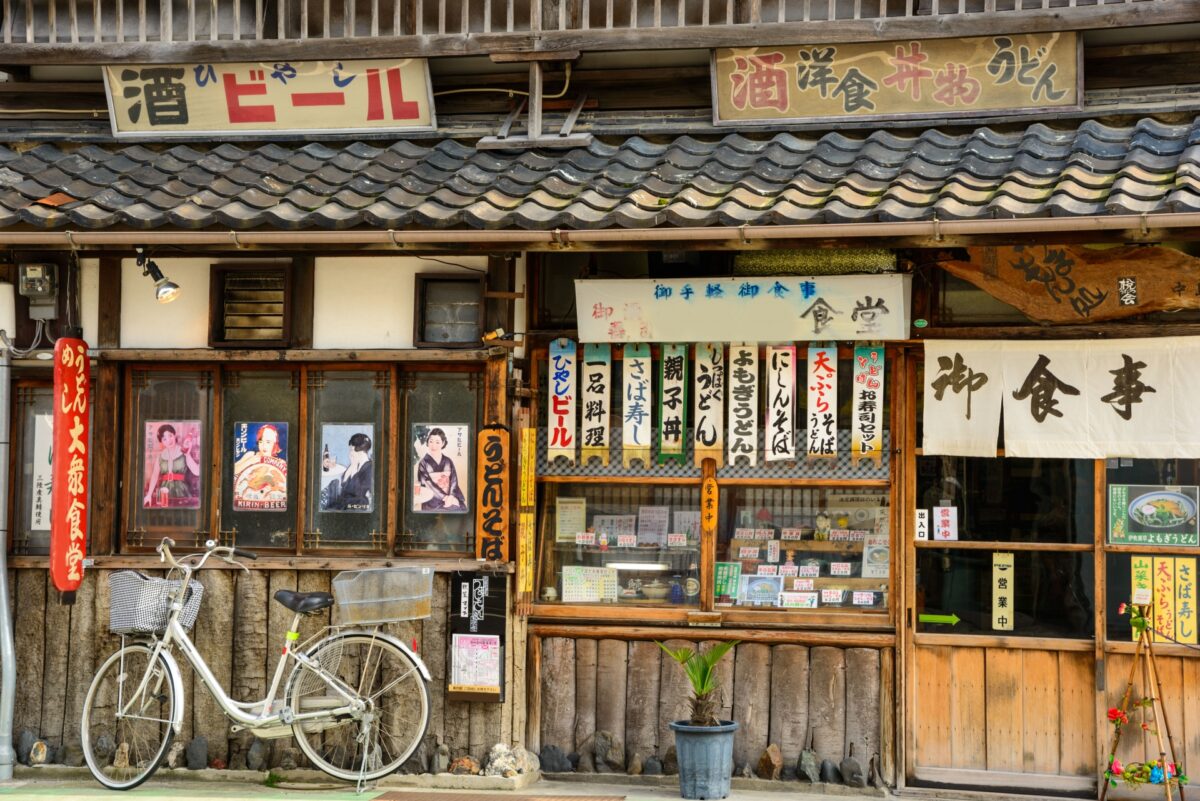
The Showa period can be divided into two parts, the pre-war and post-war period. After the death of Emperor Taisho, his son Hirohito ascended the throne so the Showa period began.
Japan changed drastically after the World War Ⅱ, when major parts of the cities were burned down and rebuilt the city from nothing. Modern culture was formed during the rapid growth of economics. New technology thrived, western food culture and architecture became more common and the city finally shaped as it is today.
Traditional Culture
Traditional architecture
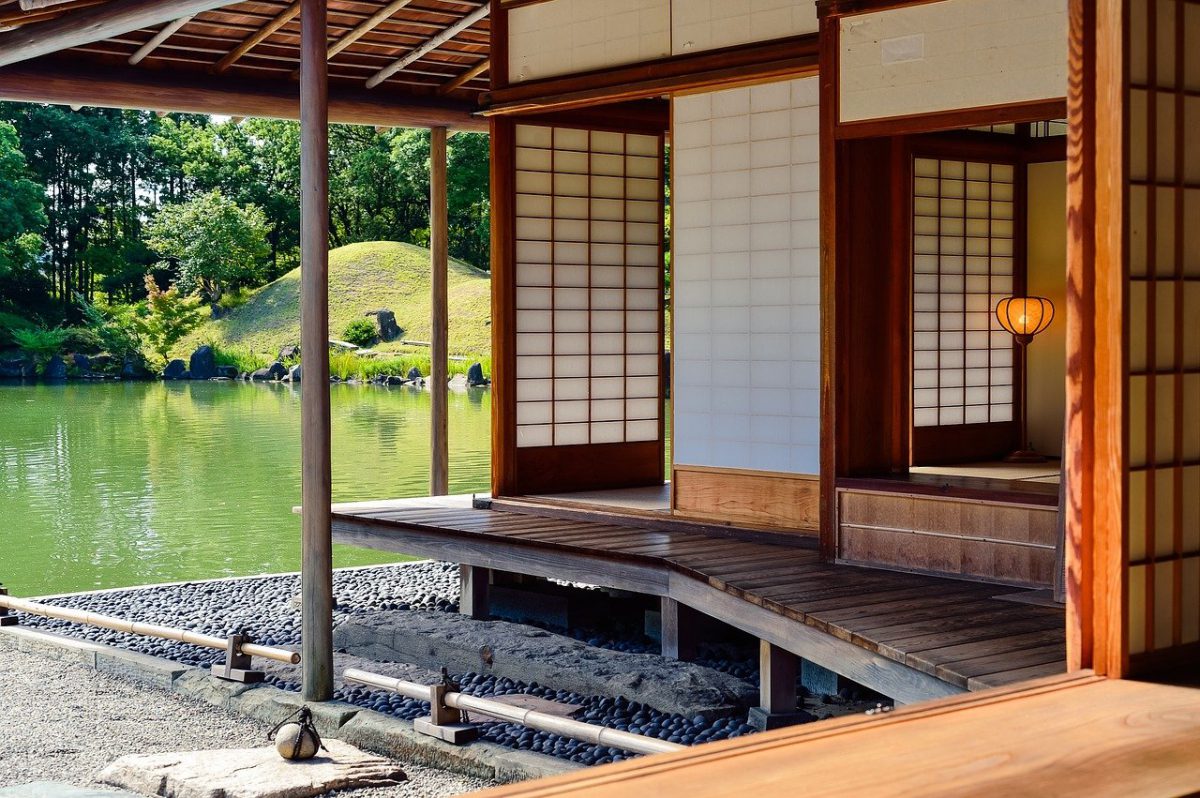
Japanese traditional architecture holds unique elements. These elements are the results of old wisdom to adopt the Japanese climate. Japanese architecture represents Japanese culture, history and mindset regarding nature.
12 original castles
There were a number of castles in Japan but most of the castles were destroyed through the wave of modernization and wars from the Meiji period to the Showa period.
Today, there are only 12 original castles left which keep the castle tower built during the Edo period or earlier.
Tea ceremony
Japanese tea ceremony is a presentation of matcha involving a ceremonial preparation and elaborate manner. The origin of the tea ceremony dates back to the late 12th century when the Zen Buddhist monk brought tea to Japan from China.
Recently many tea ceremony classes are open to international travelers, and it became one of the popular cultural activities to try in Japan.
The old Japanese names for the months
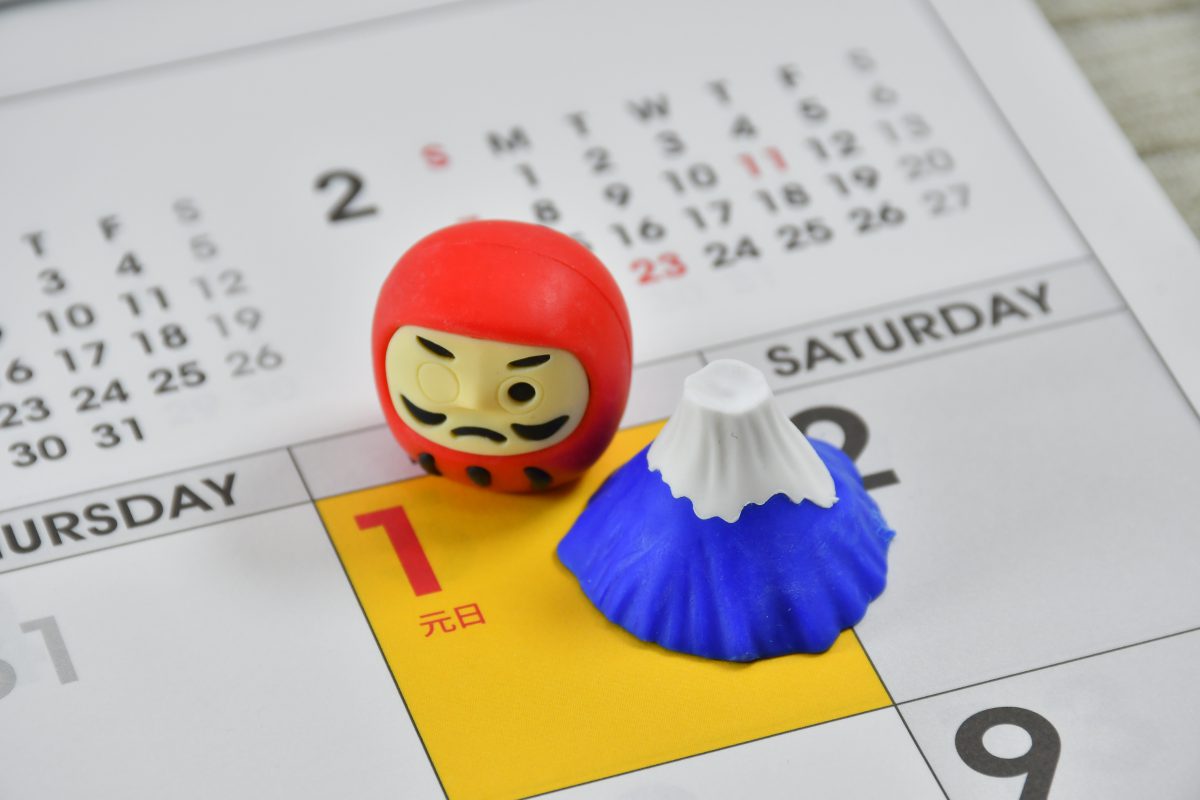
Before Japan adapted the solar calendar introduced by western countries, an old calendar called lunisolar calendar was used nationwide in Japan. And in this old calendar, each month has different names that represent the features of each month beautifully. The traditional Japanese names for the months will remind you to appreciate the beauty of the four seasons in Japan.
Traditional wedding ceremony
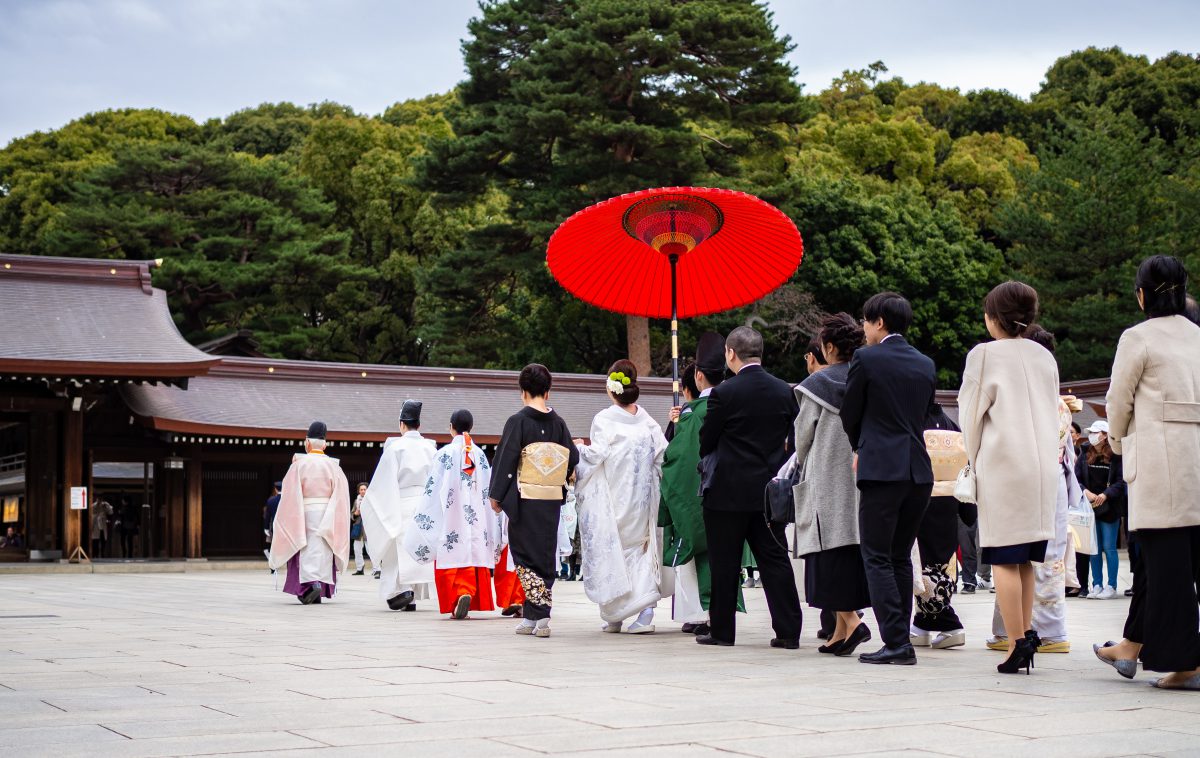
Today, many Japanese people choose to have a wedding in western way, but still a good number of people prefer to have a wedding ceremony in a traditional way. Traditional weddings are carried out at a shrine involving shinto rituals. Only family members can attend the wedding and it proceeds in a quiet manner.
Traditional clothing and accessories
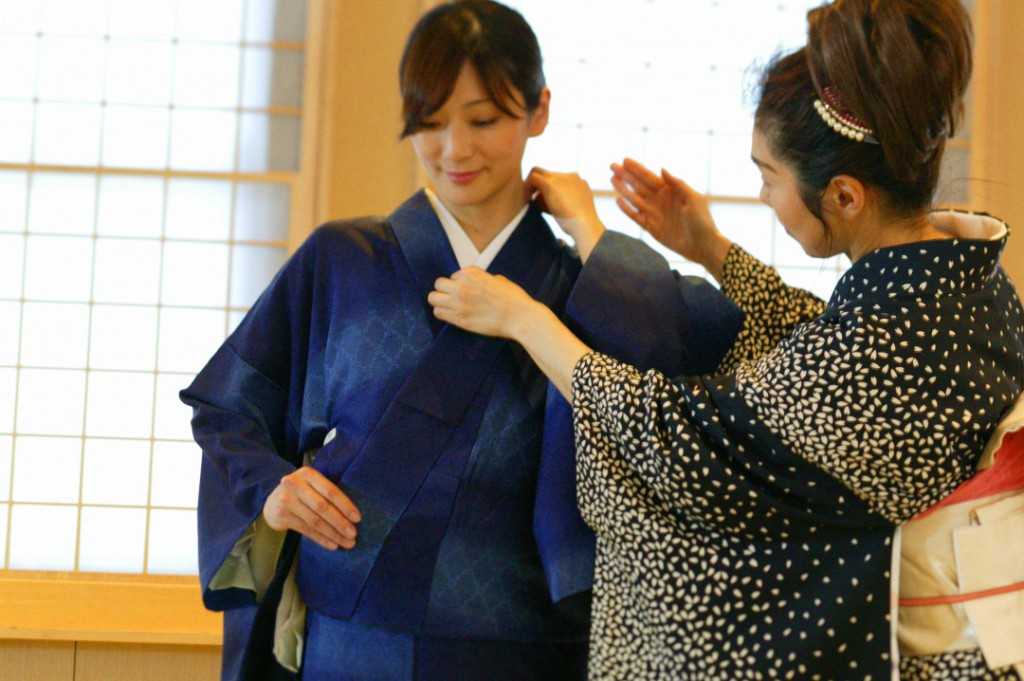
There are many types of traditional clothing and accessories. The most known garment is the kimono. In Japan, although people don’t wear traditional clothing on a daily basis anymore, people still wear some occasionally, especially at festivals. If you want to try on kimono during your stay in Japan, kimono rental places are now available at the popular tourist spots and you can walk around the town in kimono!
Kabuki
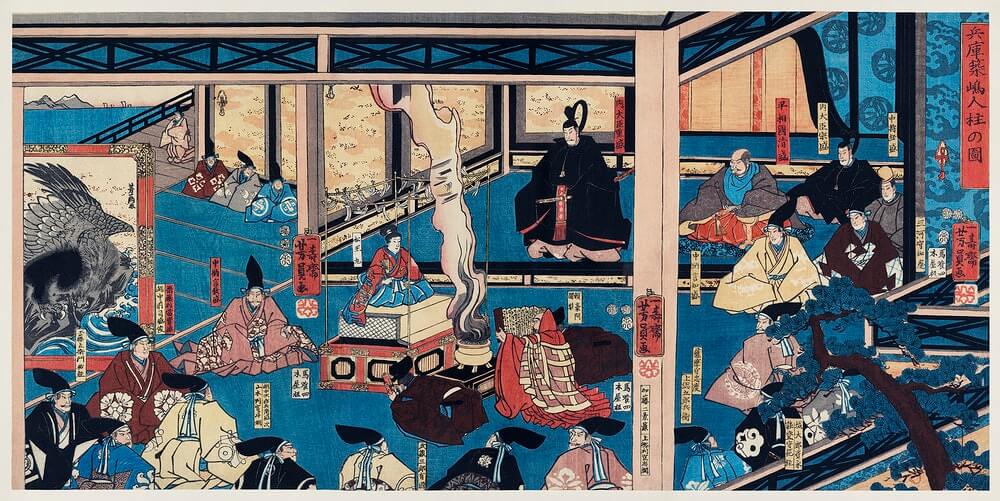
Kabuki is a traditional Japanese performance art that originated in the Edo period. It is characterized as the unique form of theatre performed by only male actors. It means male actors also plays a female part during the performance.
Its make-up, pose and facial expression are quite unique. With exciting storytelling and dynamic actions, kabuki can be enjoyed by all generations.
Sumo
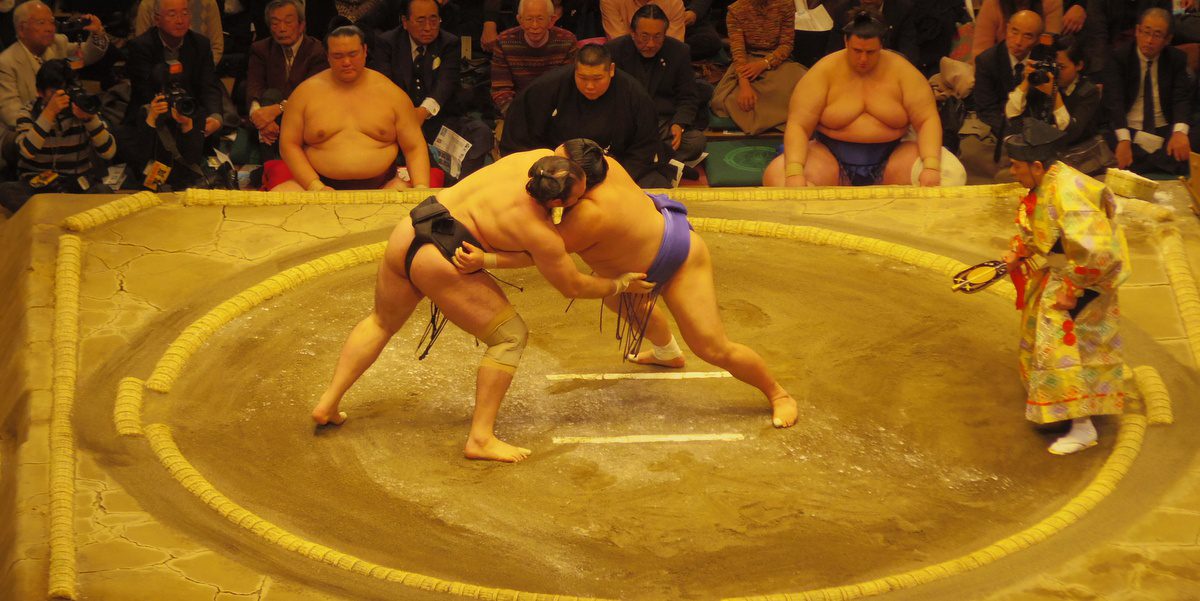
Sumo is a Japanese traditional form of wrestling. Originally it started as a ritual dedicated to the deity. So the wrestling field is considered as a sacred place and some rituals are performed before the game.
Grand tournaments are held 6 times a year. Ryogoku in Tokyo is known as the heart of sumo where there is Kokugikan, the main sumo hall, and many sumo stables are located.
Bathing culture
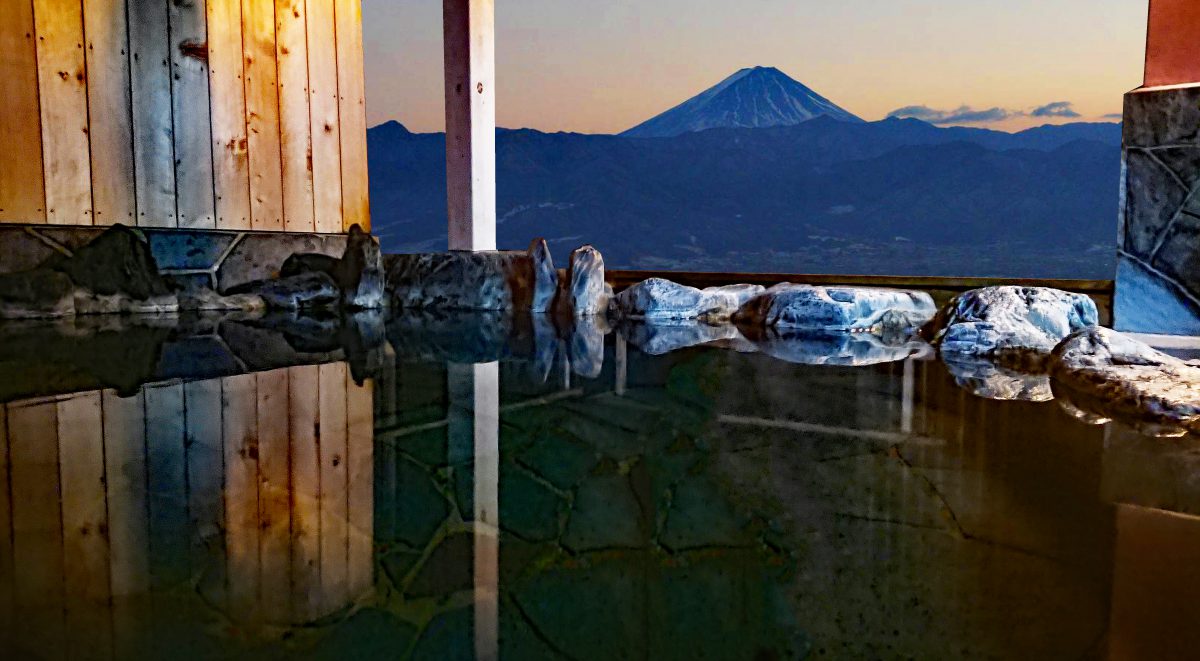
Bathing culture is something very unique to Japan. Onsen (hot spring) spots are very popular as holiday destinations, and some people love to go to Sento (public bathhouse) on a daily basis. At Japanese homes, a bathtub is always installed and it’s common to take a bath (not only showering) every night.
There are some hidden rules of how to take a bath, and interesting facts of why Japanese bathing culture was formed in such shape.
Modern Culture
Kawaii culture
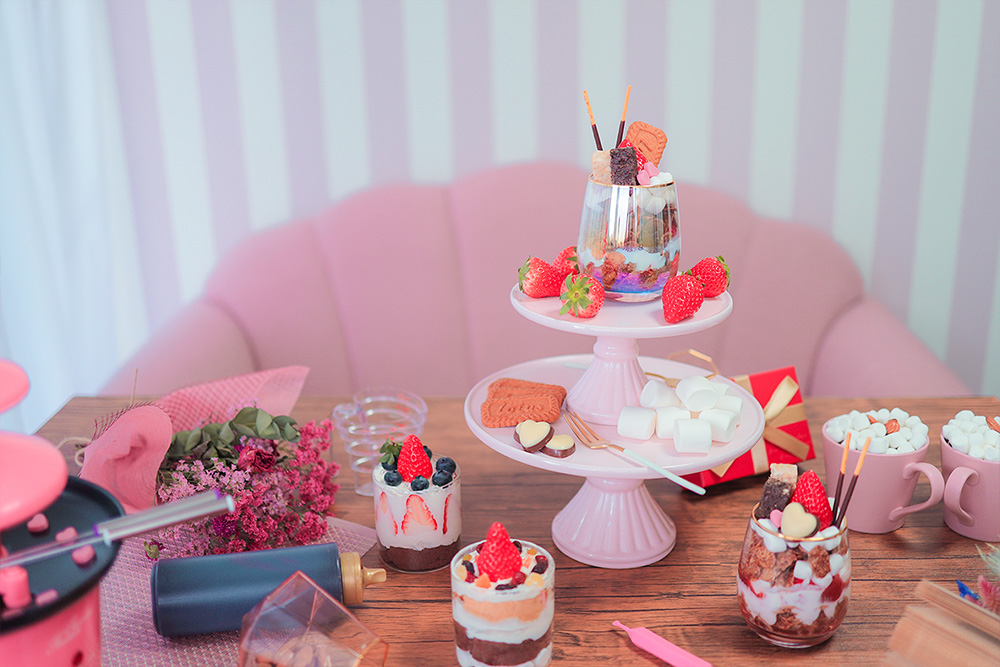
Kawaii simply means ‘cute’ and ‘adorable’ in Japanese. But the unique pop culture developed around this kawaiiness has grown to the iconic trend of Japan. Everything is colorful, small, and a bit bizarre – coming out from the world of manga and anime. But it’s not a new concept. Japanese people tended to admire cute little things even during the Heian period.
Gaming culture
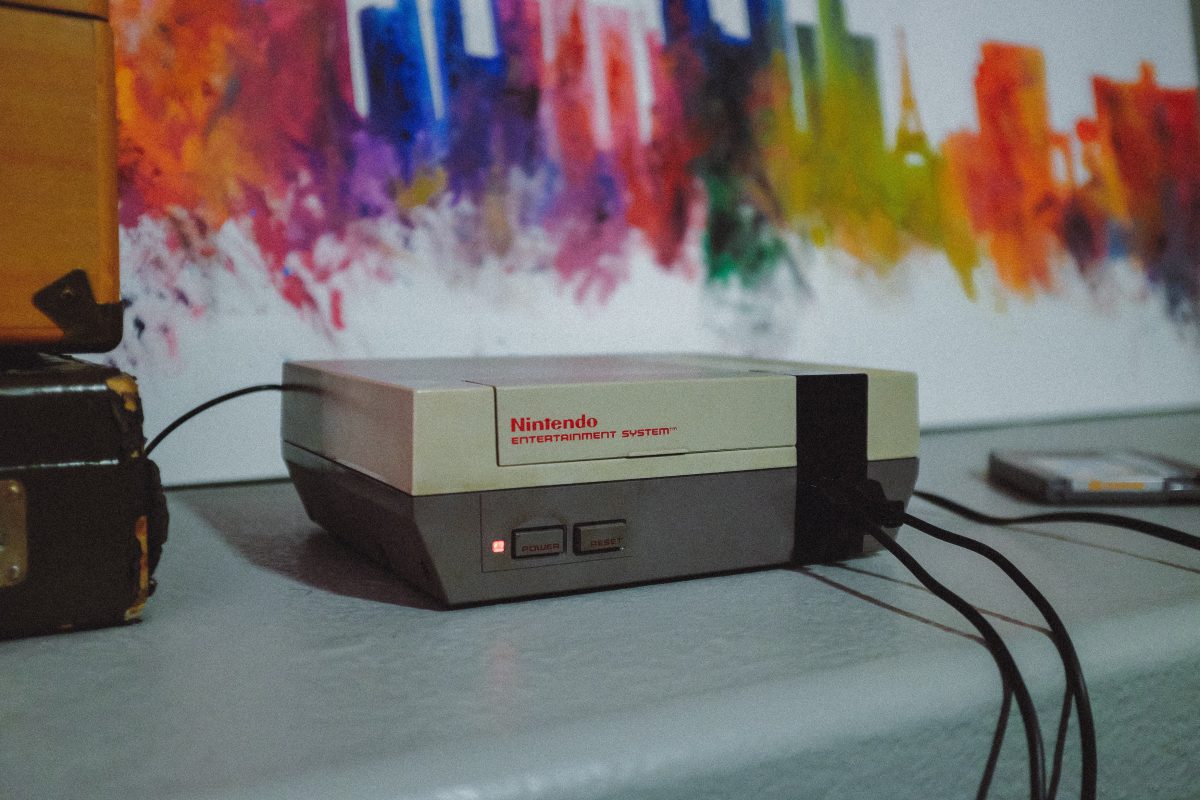
Many of the top played games worldwide are from Japan. Naturally, when you come to Japan, you can take part in a unique gaming culture. There are many arcades in Japan crammed with different types of games – mario kart, drumming games, crane games etc. Finding an arcade is not difficult at all. When you walk around the town, you can easily spot one.
Otaku culture
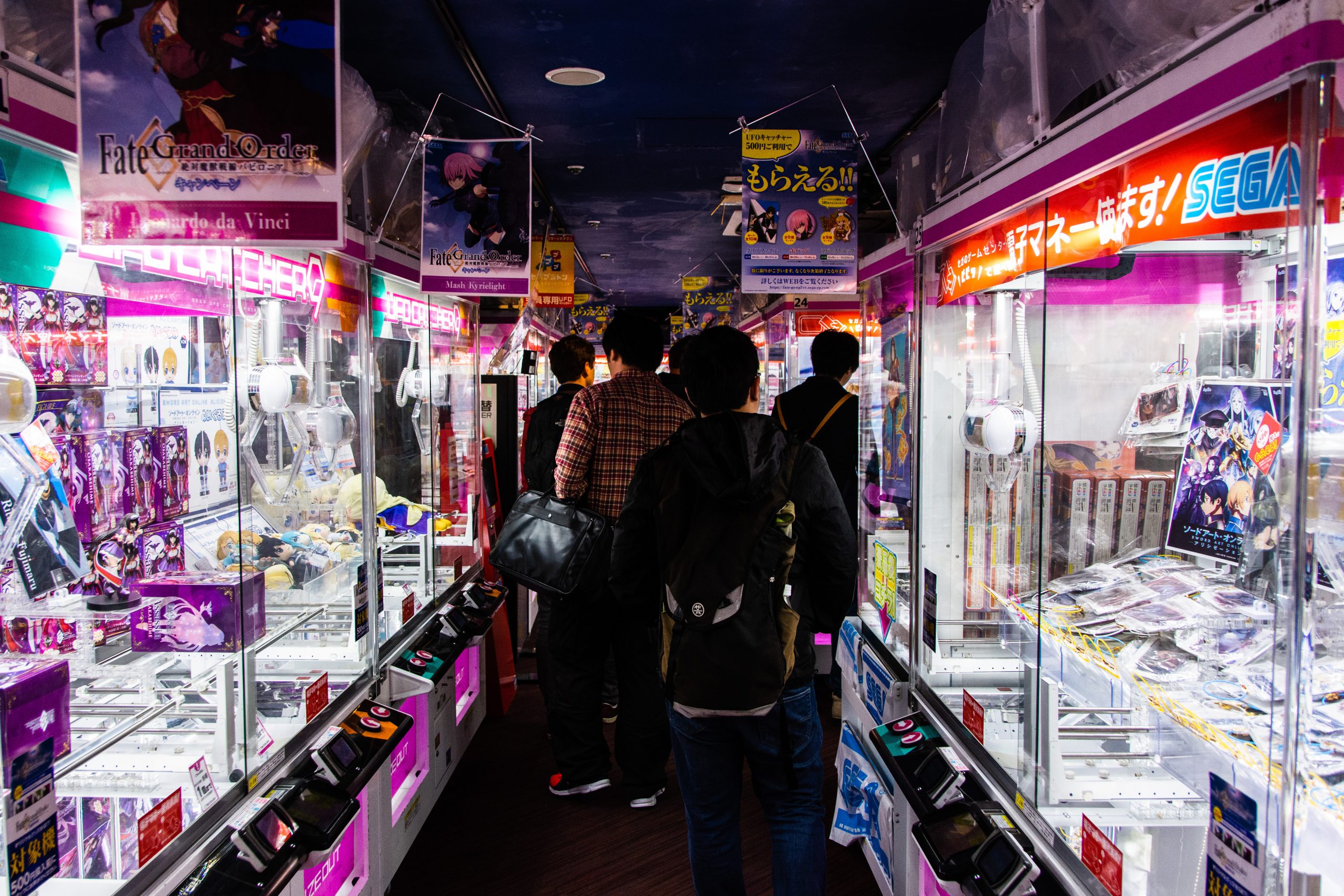
Otaku is a Japanese term equivalent to nerd or geek. But lately it’s not used as a negative meaning, many otaku are very proud of being so. Otaku are people who are passionate about something, and devote themself to something they love. Otaku can be categorized in many ways, but major fields are gaming, idol group and anime.
Religion
Shintoism
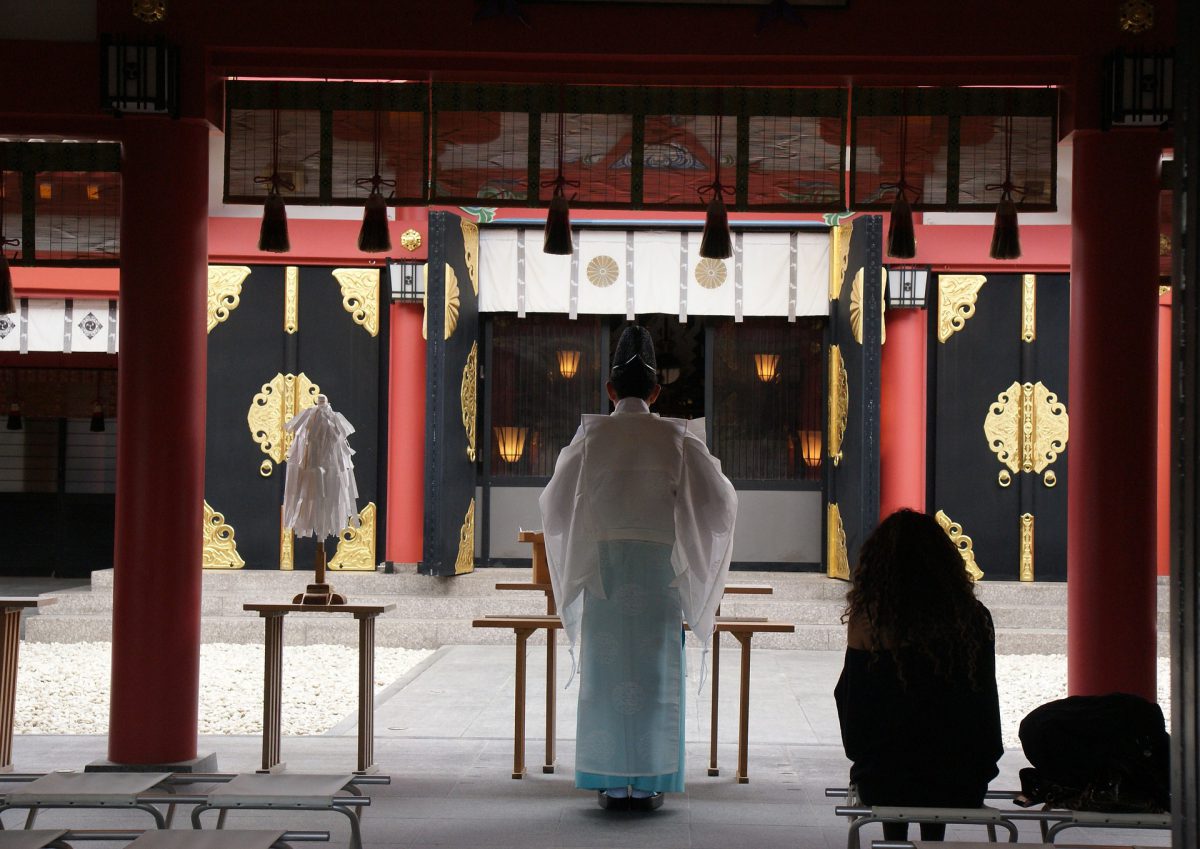
It’s true that not so many Japanese people are religious, but maybe except for Shintoism or Shinto.
Shinto has been a major religious belief since ancient times in Japan, and you can find Shinto related customs in daily life. Shinto belief is deeply rooted in Japanese life that people often don’t notice or even know that it’s related to Shinto or is a part of Shinto practice.
In Shinto, people believe gods exist in everything – in forests, sea and mountains. There’s no founder or religious text unlike other religions, people see the existence of deities in natural phenomena, and worship them which are regarded as a symbol to embody the presence of sacred deities.
That’s why sometimes you can find torii gate stands in the ocean, rocks, and the middle of forests.
Buddhism
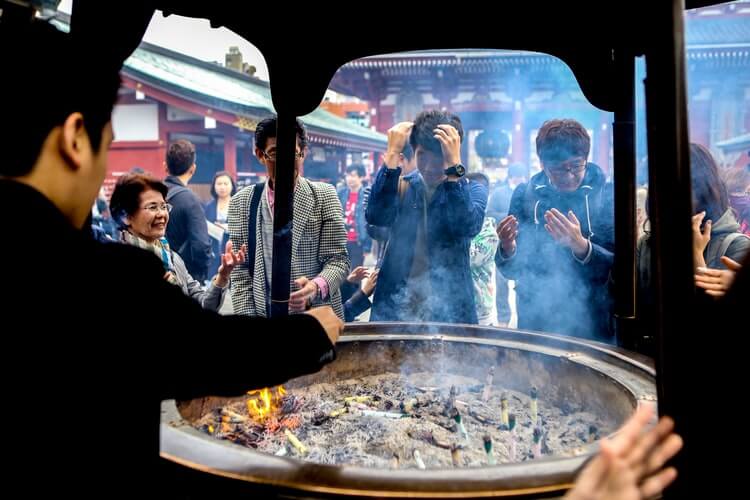
Buddhism is one of the two major religions along with Shinto. It was introduced to Japan around the 6th century. It is said that 50% of Japanese people are considered to practice Buddhism in Japan. It seems fair considering the fact that it’s common to hold a funeral at the Buddhist temple, although it doesn’t mean people practice Buddhism in daily life.
Big Buddha statues in Nara and Kamakura became iconic tourist attractions in Japan, as did other temples such as Sensoji in Asakusa, Tokyo.
Shinbutsu-Shugo
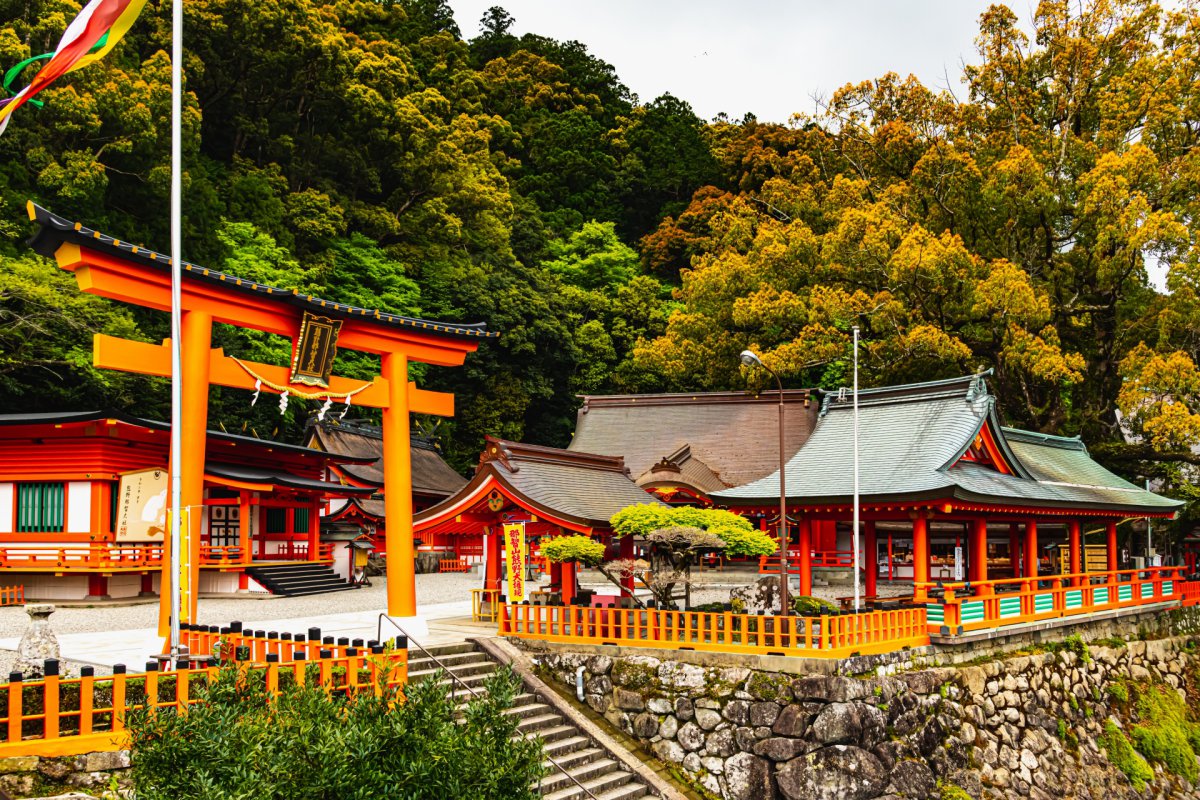
Shinbutsu-Shugo is a fusion of these two religions: Shintoism and Buddhism. There are shrines at the temple site or vice versa as a result of this movement. Usually torii stand in front of the shrine, but sometimes you can spot them at the temple, or there’s a Buddha statue at the shrine. In that case, you can guess it’s influenced by Shinbutsu-Shugo.
Torii gates

Torii gates are traditional gates standing in front of shrines that play a role as the border between a sacred place and the human world. The most famous torii gates will be thousand torii at Fushimi Inari Shrine in Kyoto, or floating torii at Itsukushima Shrine in Hiroshima.
Yakudoshi
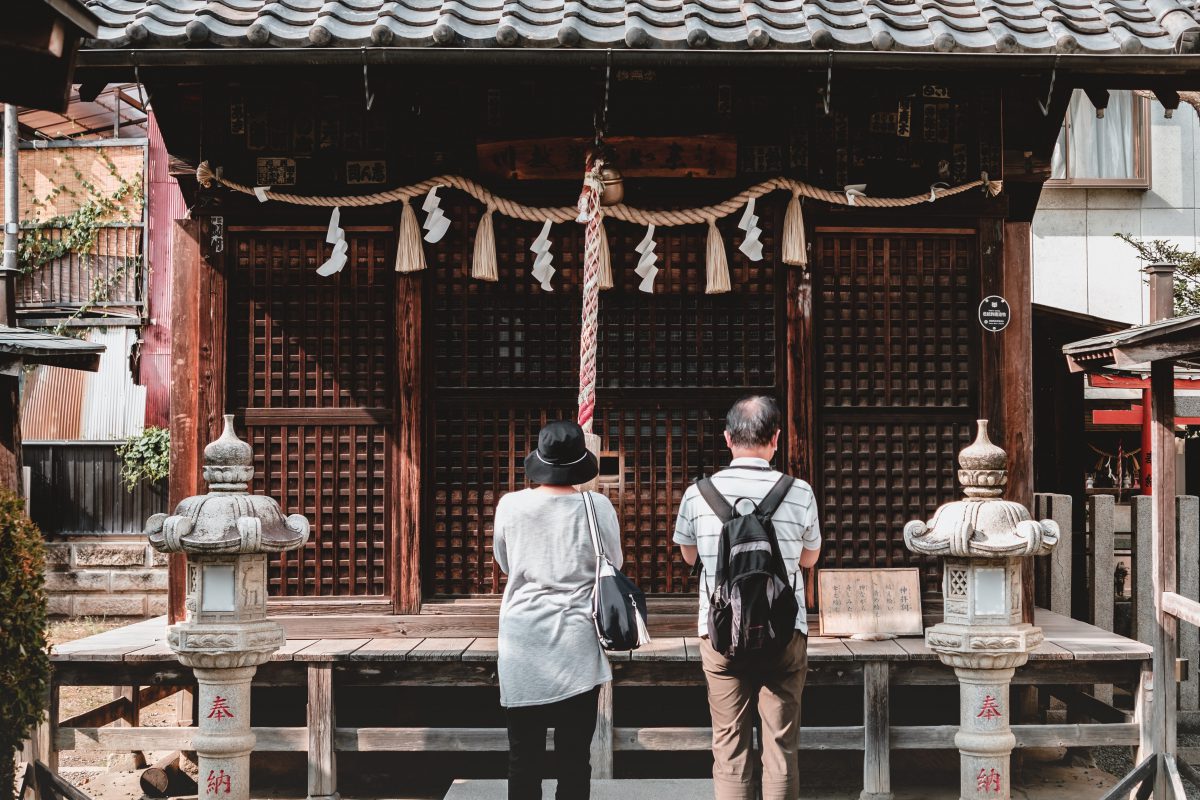
Yakudoshi is a religious belief that is considered as the year of bad luck at certain ages. People at these ages visit a shrine or temple to receive the ritual to ward off the evil spirits, or just pray for a peaceful year at the beginning of their Yakudoshi year.
Jizo statues
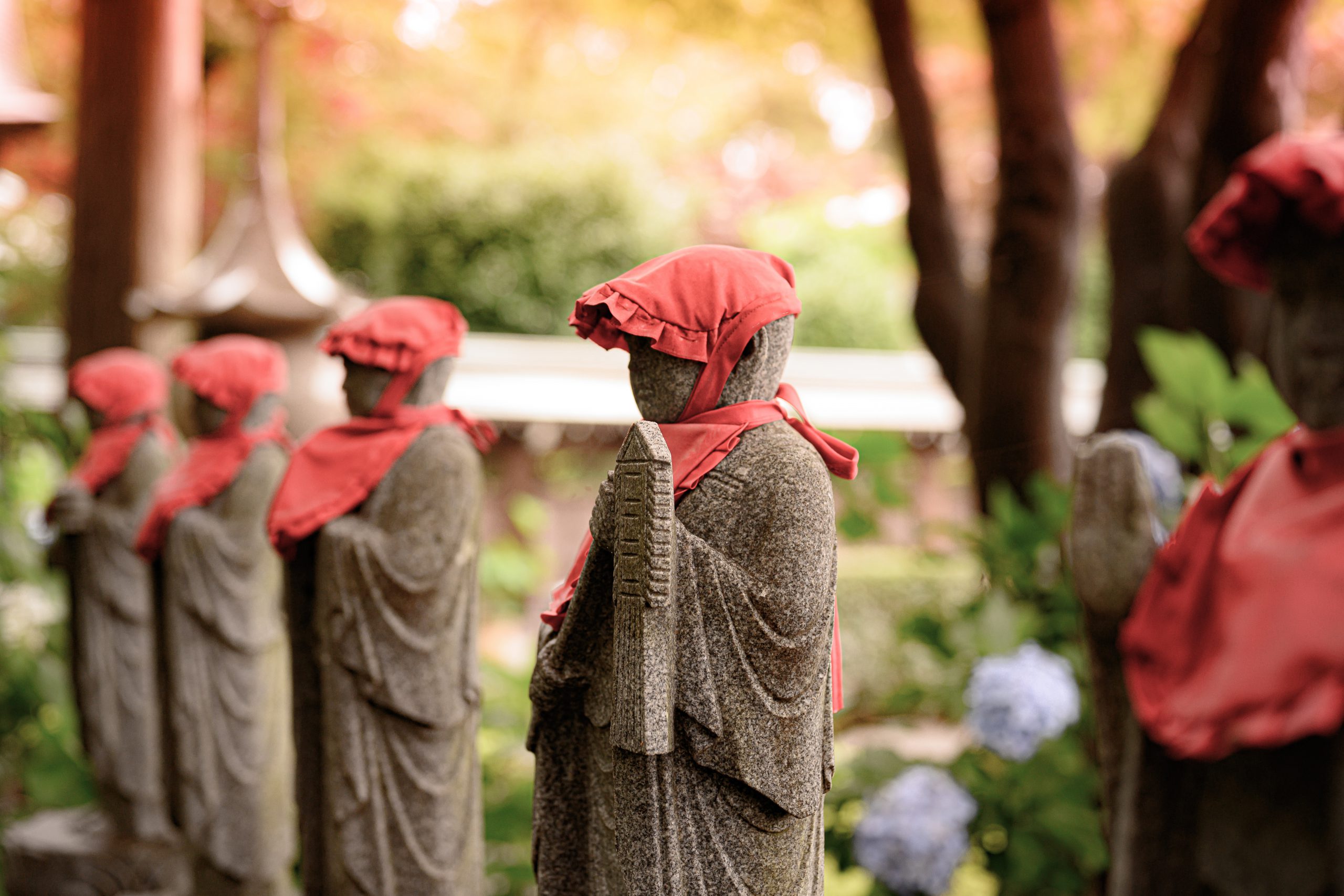
Jozi statues are often seen at the temple or on the side of the street, they are guardians of deceased children and also of travelers.
Buddha statues
There are many Buddha statues in Japan from famous ones and hidden (literally) statues. Of course it is the object of respect as an embodiment of Buddha, but it’s also praised as a great masterpiece of artwork.
Festivals
‘Hanami’ in sakura season
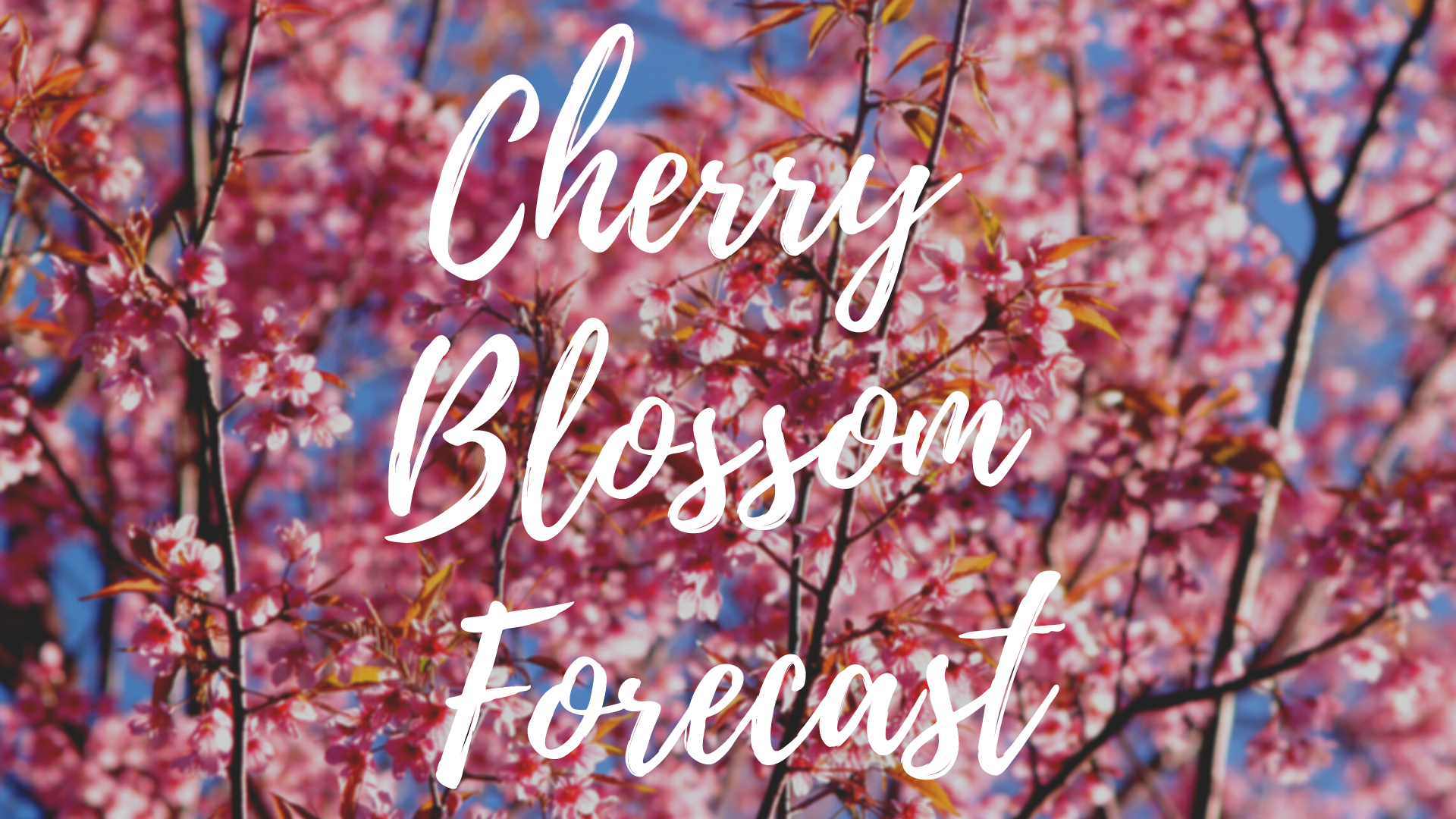
Cherry blossom season starts from the end of March to early April depending on the area. Hanami is something Japanese people always look forward to every year – cherry blossom viewing (+ picnic).
Streets become dyed with beautiful pink and white colors during the season, and it’s one of the most popular seasons to come traveling in Japan.
Summer festivals
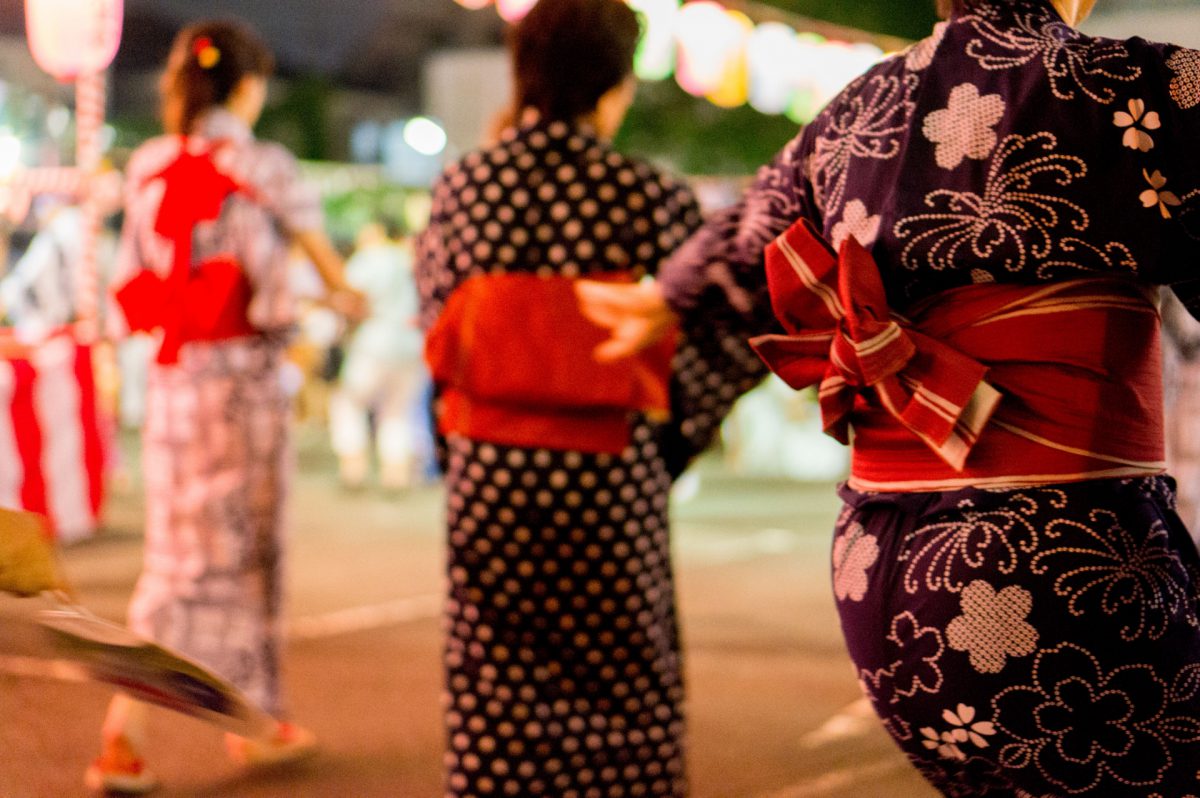
Originating from shinto ritual, summer festivals are the most exciting and iconic features of Japanese summer. People enjoy festivals by looking at dynamic fireworks, fun food stalls and wearing Yukata, traditional summer gorment.
Autumn color viewing
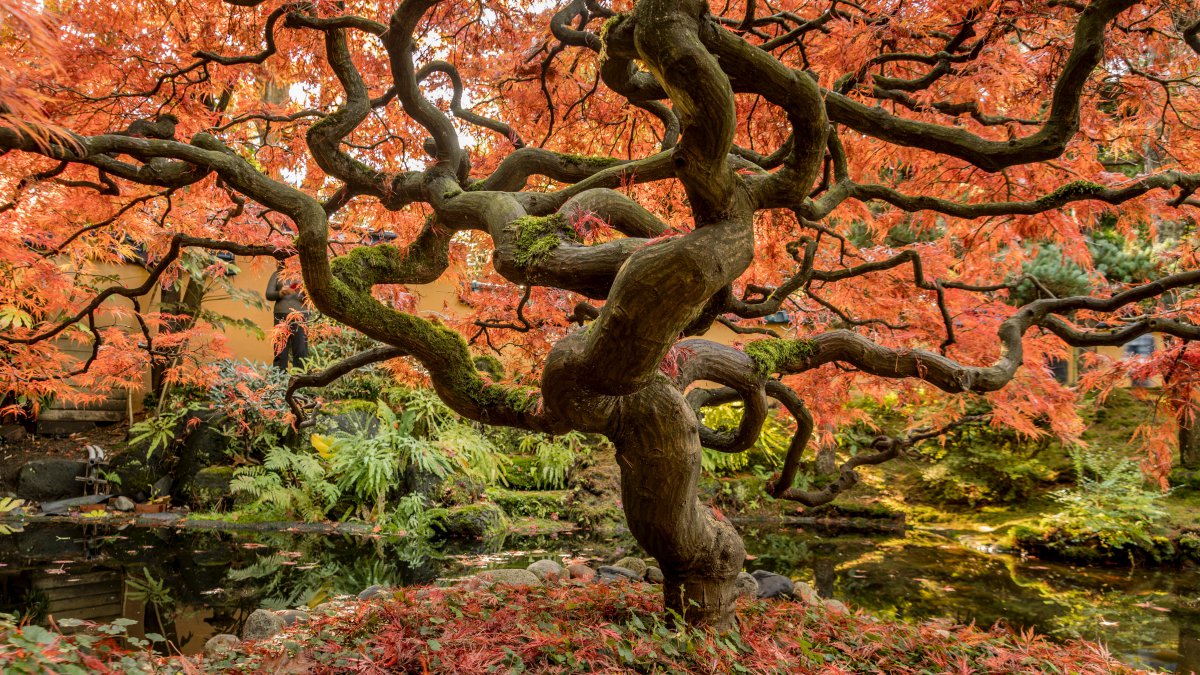
From late October to November, it’s time for beautiful autumn foliage in Japan. It’s called Kōyo, and popular viewing spots such as Nikko and Kyoto get pretty busy during the season.
Snow festival
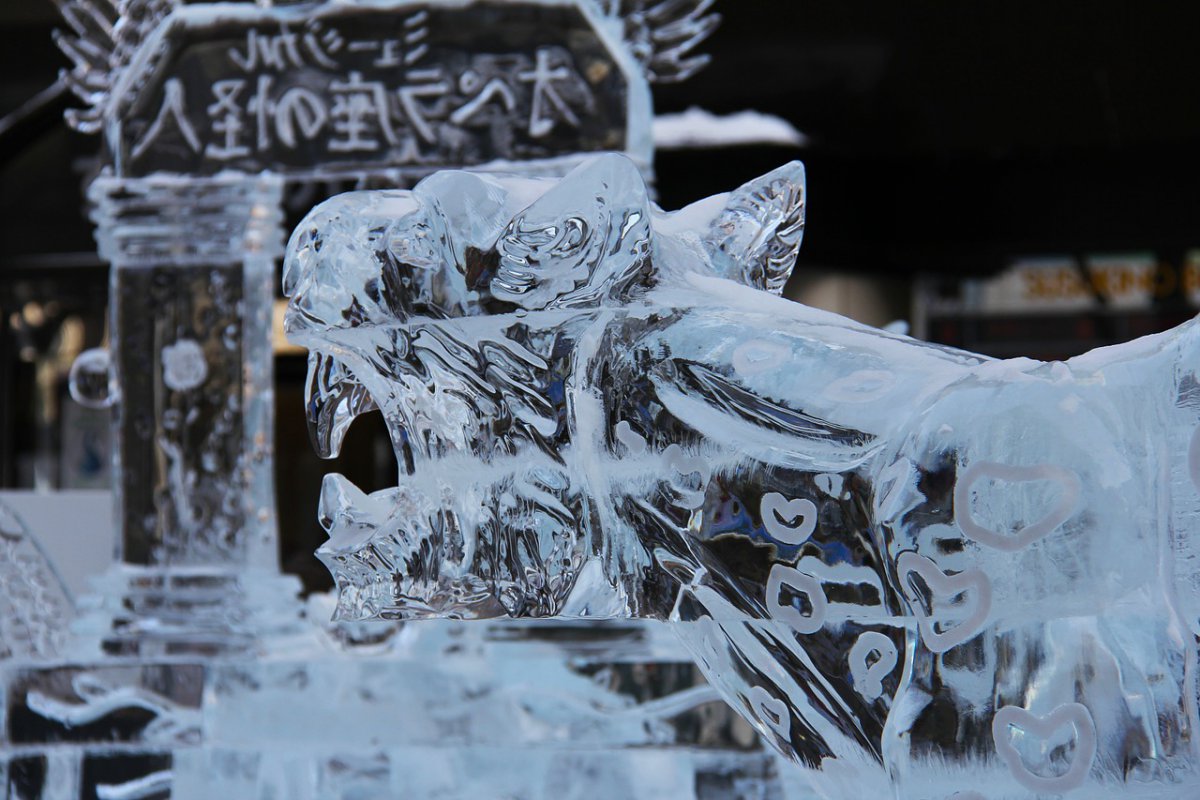
There are a few festivals in winter compared with spring and summer, and the most famous snow festival is held in Hokkaido. There you can see amazing ice/snow sculptures and enjoy snow activities. Usually it’s held in February in Sapporo. Other snow festivals are known as kamakura snow hut festivals where you can enjoy hotpot or warm meals at the beautifully made traditional snow hut!
Customs
New Year’s tradition

New Year is the most celebrated holiday in Japan. See the first sunrise, eat Osechi, a box of elaborate small dishes, visit a shrine or temple praying for a good year and test your luck with a fortune telling paper. It’s common for people to spend their time quietly with their family during New Year’s holiday.
7 lucky gods pilgrimage
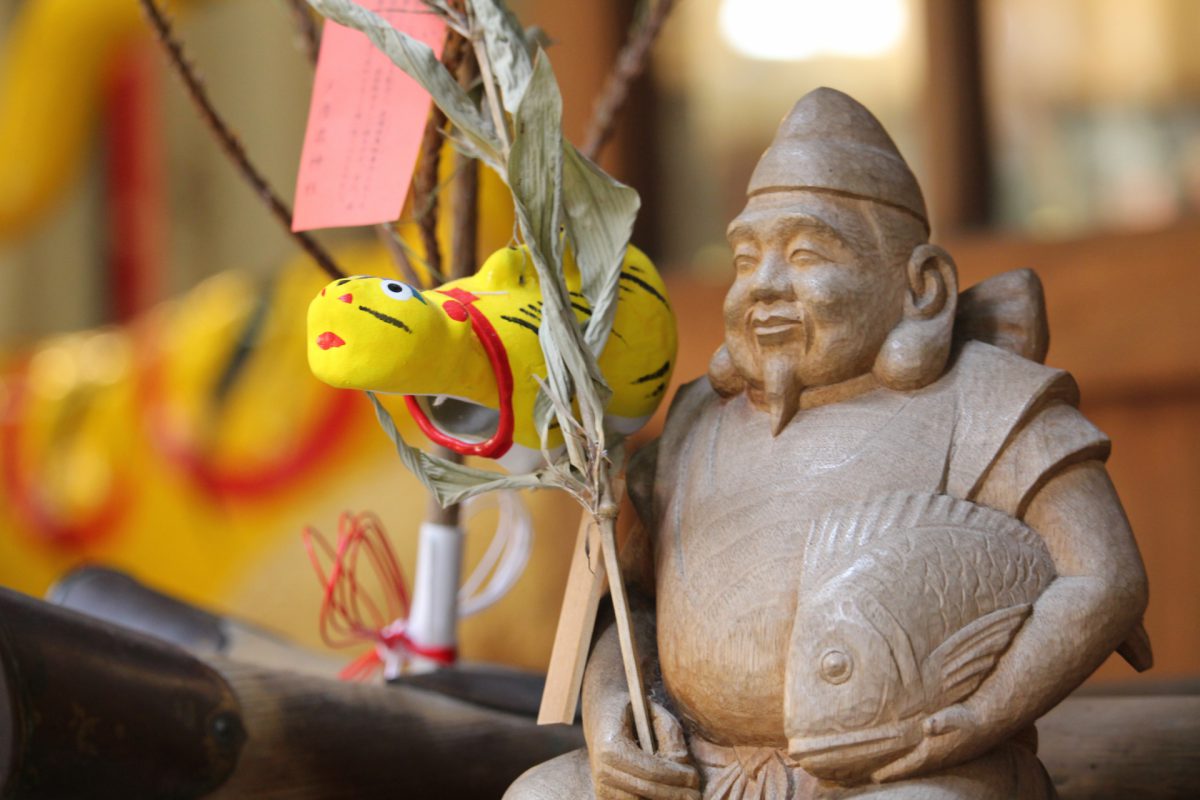
It’s one of the New Year’s customs in Japan, going on pilgrimage to visit 7 lucky gods and collect special stamps at each temple. Collecting those stamps (Goshuin) is believed to bring good luck for the new year.
Setsubun
Setsubun is a traditional event that takes place one day between February 2nd to 4th. Traditionally, people throw roasted soybeans at home chanting Oni wa soto, Fuku wa uchi (demons out, fortune in!). Especially when a family has small children, someone in the family (often mother or father) wears a Japanese demon (oni) mask and children throw beans at him/her to ward off evil spirits.
There are also Setsubun events held throughout Japan.
Valentine’s Day
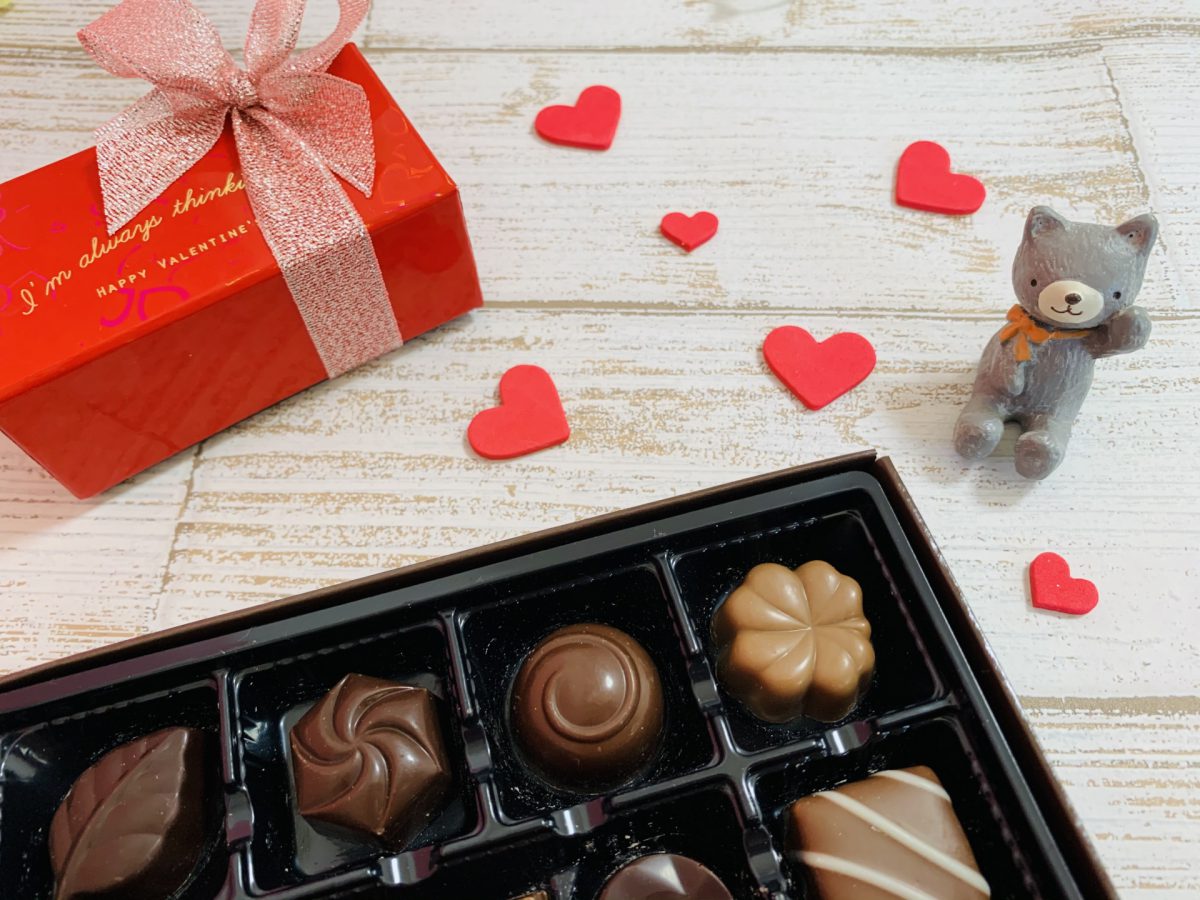
Valentine’s Day is celebrated in many countries worldwide, but in Japan it’s all about chocolates! Usually girls give their partner/ crush to express their love on Valentine’s Day in Japan, but there are more. Many people give chocolates to coworkers, friends, and even to themselves.
Children’s Day
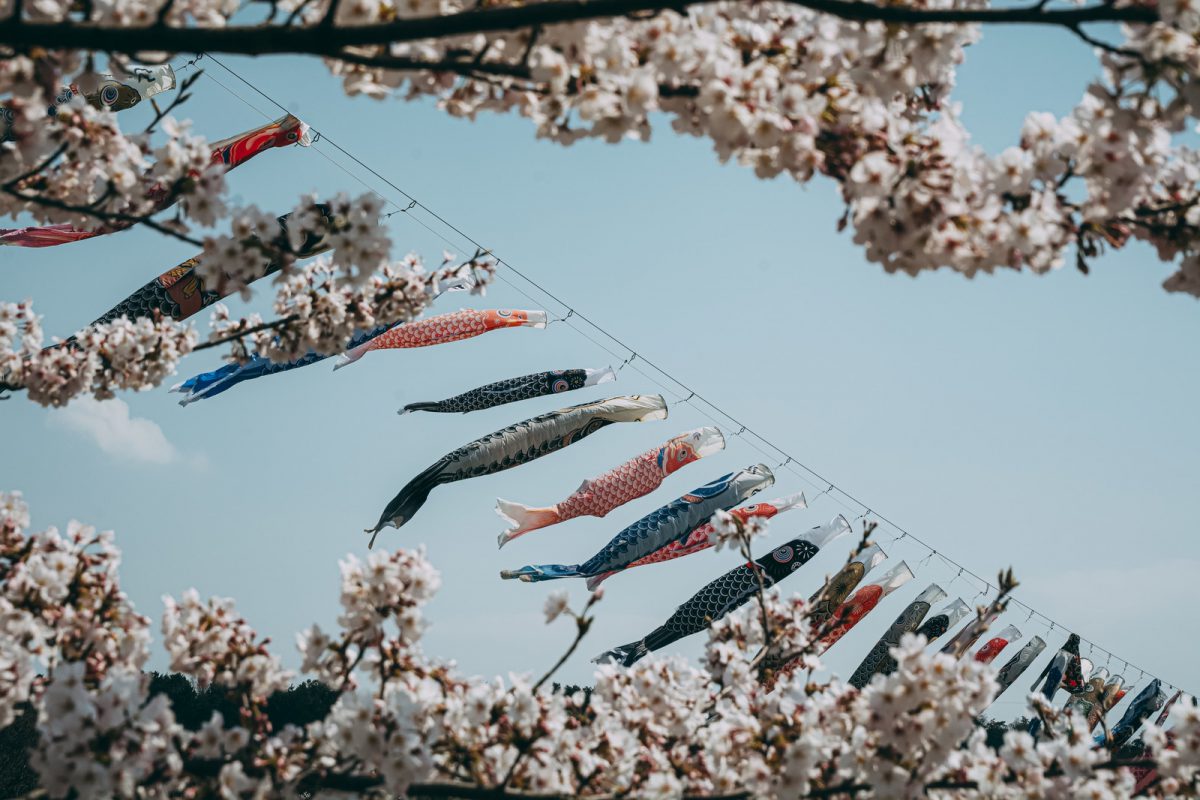
Children’s Day is an annual national holiday on May 5th. It’s a day to celebrate children’s health, and it’s a part of the long holiday called Golden Week. The iconic feature of this day is Koinobori, a carp streamer flying in the sky.
Tanabata
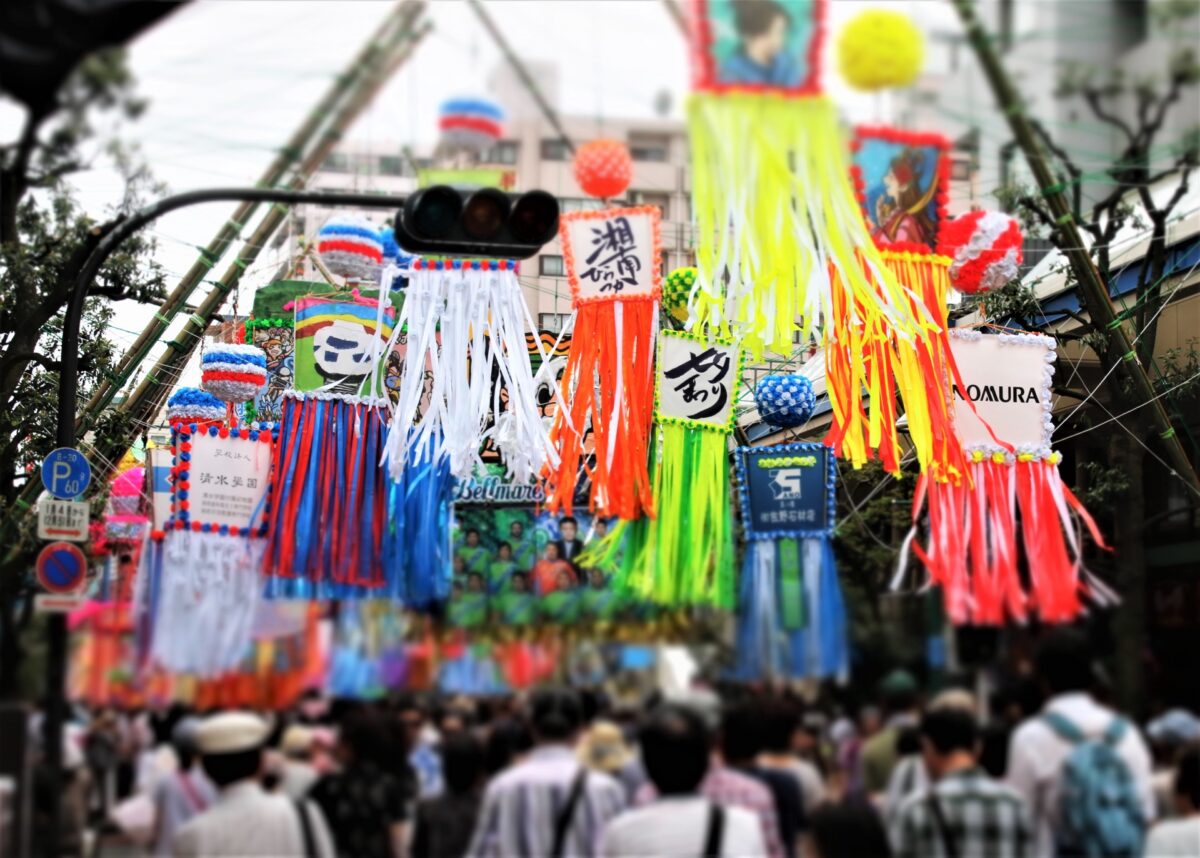
Tanabata takes place on July 7th every year. It originally comes from a chinese festival based on the mythology about a tragic story of a couple who are separated from each other and allowed to see each other again only on the day of Tanabata. On this day, people enjoy writing their wishes on Tanzaku paper and hanging it on the bamboo branch.
Obon
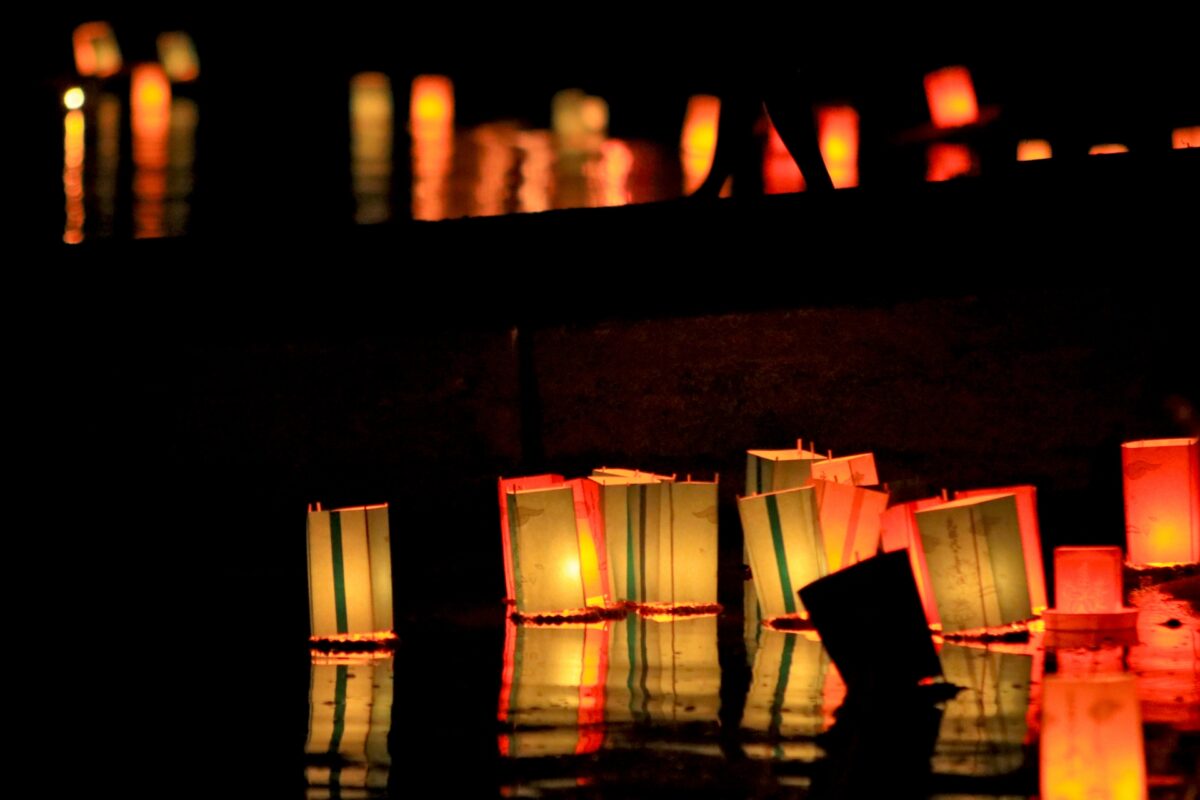
Obon is in the middle of August and often becomes summer holidays when many people go back to their hometown to spend with their family. There’s a reason for this tradition, it is believed that the spirits of ancestors come back home during the time of Obon. Traditionally people prepare to welcome their ancestors spirits and as a part of the custom, people perform Bon Odori at summer festivals. Gozan Okuribi in Kyoto is also a part of the ritual during the Odon.
Halloween
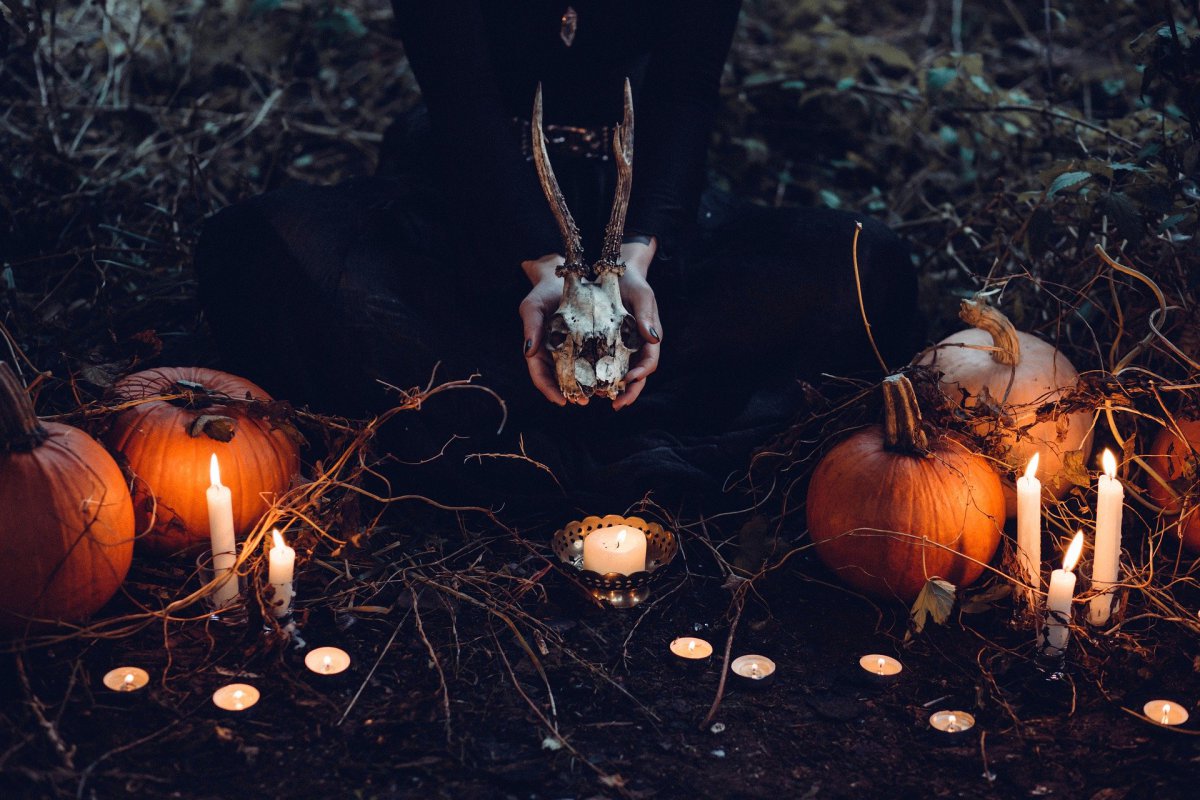
Halloween has been getting popular over the last few years in Japan, especially in big cities like Tokyo and Osaka. A million people would gather in Shibuya wearing costumes and partying overnight on the day of Halloween. It’s not for a trick-or-treat, but more for young adults to enjoy cosplay and take pictures in the city or theme parks.
Christmas
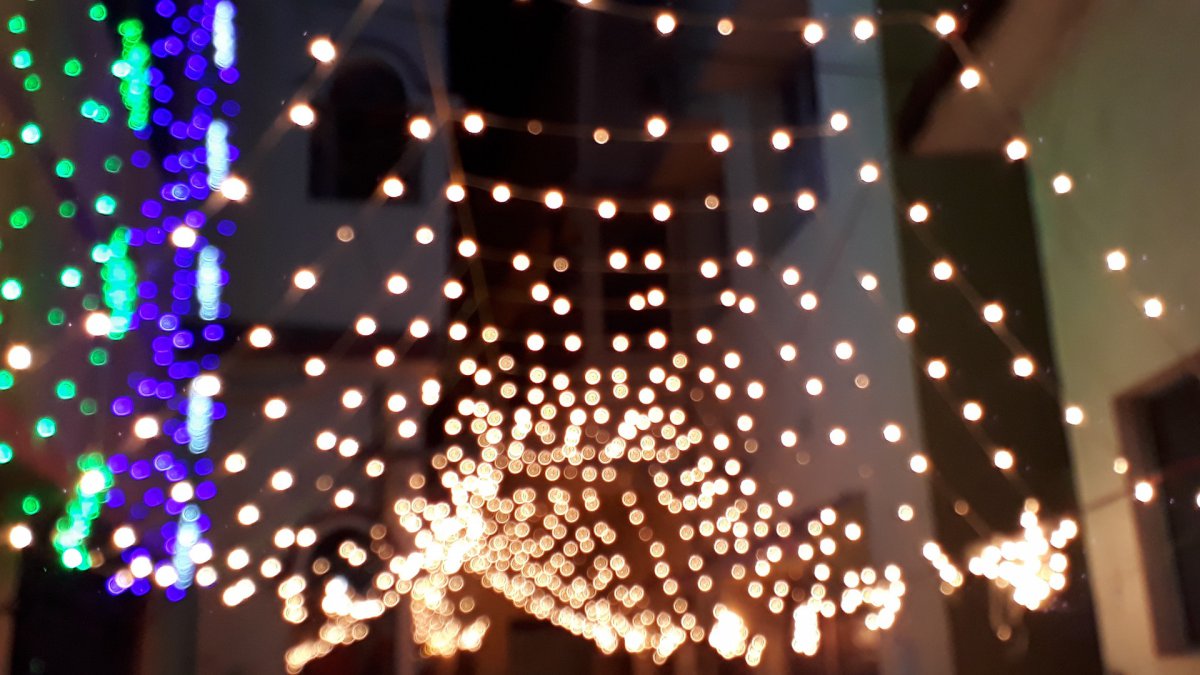
Somehow Japanese people consider Christmas as a holiday for couples rather than for a family gathering. Usually there’s no Christmas holiday in Japan but only New Year’s holiday. However, the city is filled with beautiful Christmas lights in the evening and you can hear Christmas songs (most of the time, it’s Mariah Carey’s song) everywhere. People love Christmas and Christmas spirits regardless of religion.
Follow us on Instagram, Facebook and Twitter for more travel inspiration. Or tag us to get featured!
Happy travelling!


